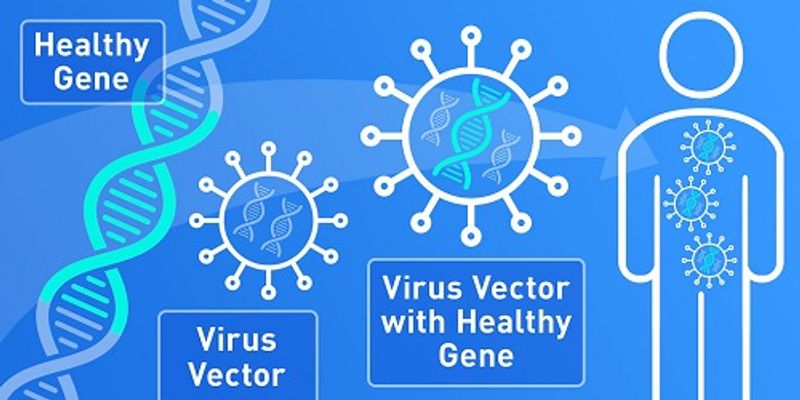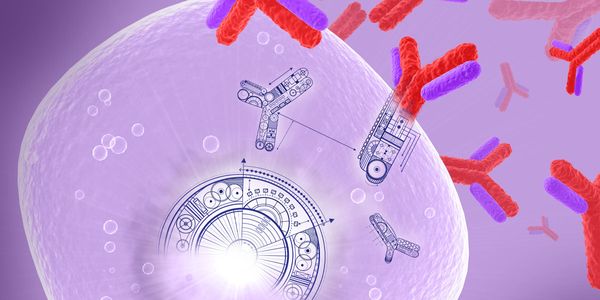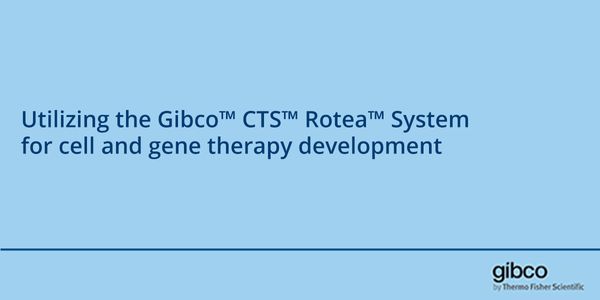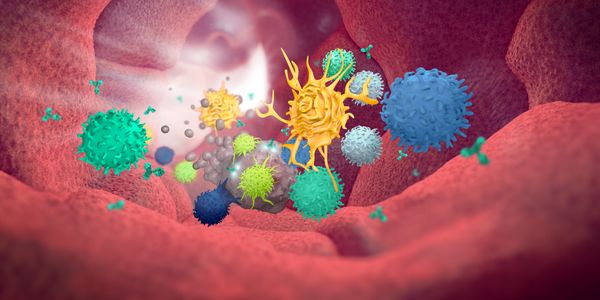Gene Delivery
Gene delivery is the process of delivering foreign genetic material ( e.g. DNA, RNA) into host bacterial cells ( called transformation) or host mammalian cells ( called transfection) using viral or non-viral vectors. Common uses include gene therapy.
-
Learning Objectives: 1. Explore the neuroinvasive potential of SARS-CoV-2 2. Learn about possible consequences of neuroinvasion of SARS-CoV-2 3. Identify neuroimmune responses against SARS-C...
MAY 25, 2021 | 8:00 AM
Date: May 25, 2021 Time: 8:00am (PDT) Reliable expression of recombinant proteins in human, CHO, or insect cells is essential for many aspects of biomedical research and drug development, bu...
New genomic technologies are changing the face of cancer care, as well as accelerating our biological understanding of cancer. Cris will summarise several parallel cancer initiatives in New...
Speaker:
Brandon Sheffield, MD, FRCPC
Presented at: OncomineWorld 2022: A Virtual NGS Education Meeting
Recombinant adeno-associated virus (AAV) and lentiviral vectors (LV) are vehicles for direct delivery of therapeutic genes to patients' cells. In the coming years, the use of AAV and LV...
Speaker:
Sandy Tseng, PhD
MAR 30, 2021 | 8:00 AM
DATE: March 30, 2021 TIME: 08:00am PST In this talk, we will discuss the value of moving towards modular and automated, closed-system technologies designed to enable scalable and cost-effect...
Speaker:
Mary Ann Santos
, Emily Benz
, Eric Dubofsky
Sponsored By: Thermo Fisher Scientific/Gibco
MAR 11, 2021 | 8:00 AM
Date: March 11, 2021 Time: 8:00am (PST), 11:00am (EST) g the toxicity profile of a compound is a necessity across industries and the various stages of drug development. Early stage mechanism...
With an introduction by Sarah Warren, the Senior Director of Translational Science, this webinar will open by providing a brief technology overview of NanoString Technologies. Dr. Warren wil...
Speaker:
Jason Frazier
, Sarah Warren, PhD
Presented at: Drug Discovery & Development Virtual Event Series 2021
Sponsored By: NanoString Technologies
Sponsored By: NanoString Technologies
FEB 24, 2021 | 10:00 AM
DATE: February 24, 2021 TIME: 10am PST Automated lab instruments such as liquid handlers and cell sorters are increasingly common in all types of laboratories, driving fast results for labor...
Specific biomarker assays are included in an increasing number of drug labels, with uses ranging from prediction of adverse events to providing insights on efficacy for patient populations....
Speaker:
Steven M. Anderson, PhD
Presented at: Drug Discovery & Development Virtual Event Series 2021
DEC 02, 2020 | 8:00 AM
DATE: December 2nd, 2020 TIME: 08:00am PDT, 11:00pm EDT Bioreactors and shakers are used to cultivate microorganisms, plant, insect, and mammalian cells in different volumes. Upscaling of pr...
Immunohistochemistry (IHC) is used to determine spatial relationships where we can identify the localization of target proteins in specific regions and cells of a tissue. IHC has been the go...
OCT 20, 2020 | 9:00 AM
DATE: October 20th, 2020 TIME: 08:00am PT, 11:00am ET Tumor-associated macrophages (TAMs) are key cells in the tumor microenvironment (TME) with diverse immune functions that have a major in...
Immunohistochemistry (IHC) is used to determine spatial relationships where we can identify the localization of target proteins in specific regions and cells of a tissue. IHC has been the go...
Speaker:
Vivian Barry, MS
Presented at: Cancer Research & Oncology Week Virtual Event Series 2020
Sponsored By: Roche Diagnostics
Sponsored By: Roche Diagnostics
Individuals of under-represented minority ancestry are at disproportional risk for higher incidence and mortality rates for particular cancers. The unequal burden of cancer in certain racial...
Speaker:
Steven R. Patierno, PhD























